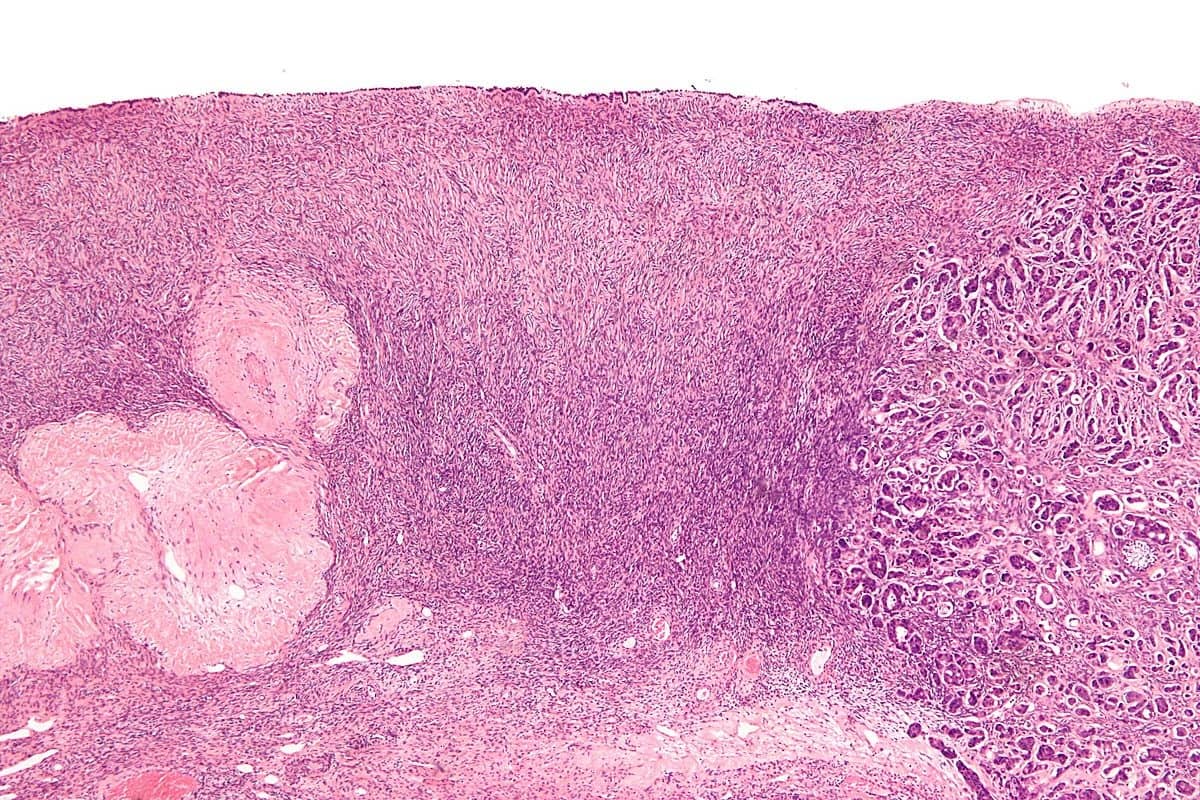
Hereditary Breast–Ovarian Cancer (HBOC) is a genetic condition that increases the risk of developing breast and ovarian cancers. Caused by mutations in the BRCA1 and BRCA2 genes, this condition can be passed down through families. If a parent carries one of these mutations, there's a 50% chance their child will inherit it. Women with HBOC have a significantly higher risk of developing these cancers at a younger age compared to the general population. Men aren't immune either; they can also carry these mutations and face increased risks for certain cancers. Genetic testing can help identify individuals at risk, enabling early detection and preventive measures. Understanding HBOC is crucial for managing health proactively.
Key Takeaways:
- Hereditary Breast–Ovarian Cancer (HBOC) is linked to genetic mutations and can increase the risk of breast and ovarian cancers. Early detection and genetic testing are crucial for managing HBOC.
- HBOC can impact both men and women, with elevated risks of breast, ovarian, prostate, and pancreatic cancers. Genetic counseling, regular screenings, and support groups play important roles in managing the emotional and social impacts of HBOC.
Understanding Hereditary Breast–Ovarian Cancer
Hereditary breast–ovarian cancer (HBOC) is a genetic condition that increases the risk of developing breast and ovarian cancers. Knowing the facts about HBOC can help in early detection and prevention.
-
HBOC is linked to mutations in the BRCA1 and BRCA2 genes. These genes normally help repair DNA damage, but mutations can lead to cancer.
-
BRCA mutations can be inherited from either parent. Both men and women can pass these mutations to their children.
-
Women with BRCA1 mutations have a 55-65% risk of developing breast cancer by age 70. This is significantly higher than the general population risk of 12%.
-
BRCA2 mutations carry a 45% risk of breast cancer by age 70. This risk is also much higher than average.
-
Ovarian cancer risk is 39% for BRCA1 mutation carriers. For BRCA2 mutation carriers, the risk is about 11-17%.
Symptoms and Diagnosis
Recognizing symptoms and getting a proper diagnosis are crucial steps in managing HBOC.
-
Early-stage breast cancer may not show symptoms. Regular screenings are essential for early detection.
-
Common symptoms of breast cancer include lumps, swelling, and skin changes. These signs should prompt immediate medical consultation.
-
Ovarian cancer symptoms are often vague. They can include bloating, pelvic pain, and changes in bowel habits.
-
Genetic testing can confirm BRCA mutations. This test involves a simple blood or saliva sample.
-
Family history plays a significant role in diagnosis. A detailed family medical history can help assess risk levels.
Prevention and Risk Reduction
There are several strategies to reduce the risk of developing HBOC-related cancers.
-
Prophylactic surgeries can lower cancer risk. Removing breasts (mastectomy) or ovaries (oophorectomy) can significantly reduce risk.
-
Medications like tamoxifen can help. These drugs can lower the risk of breast cancer in high-risk women.
-
Regular screenings are vital. Mammograms and MRIs can detect cancer early when it is most treatable.
-
Lifestyle changes can also reduce risk. Maintaining a healthy weight, exercising, and limiting alcohol can help.
-
Oral contraceptives may lower ovarian cancer risk. Long-term use has been shown to reduce risk in BRCA mutation carriers.
Impact on Men
HBOC isn't just a women's issue; men can also be affected.
-
Men with BRCA mutations have a higher risk of breast cancer. Though rare, male breast cancer is more likely in BRCA mutation carriers.
-
Prostate cancer risk is also elevated. BRCA2 mutations, in particular, increase this risk.
-
Men can pass BRCA mutations to their children. This makes genetic counseling important for men as well.
-
Pancreatic cancer risk is higher in BRCA mutation carriers. Both men and women with these mutations face this increased risk.
-
Men should consider regular screenings. This includes breast exams and prostate cancer screenings.
Psychological and Social Aspects
Living with HBOC can have significant emotional and social impacts.
-
Genetic counseling can provide support. Counselors help individuals understand their risks and options.
-
Family dynamics can be affected. Knowledge of genetic risk can influence family planning and relationships.
-
Anxiety and depression are common. The stress of living with increased cancer risk can impact mental health.
-
Support groups can be beneficial. Connecting with others facing similar challenges can provide emotional support.
-
Insurance and discrimination concerns exist. Some worry about genetic information affecting insurance coverage or employment.
The Importance of Awareness
Understanding hereditary breast–ovarian cancer can save lives. Knowing your family history and genetic risks helps in early detection and prevention. BRCA1 and BRCA2 gene mutations significantly increase cancer risks, but regular screenings and preventive measures can make a huge difference.
Genetic counseling offers valuable insights and guidance for those at risk. It’s not just about personal health; it’s about protecting future generations. Awareness empowers individuals to make informed decisions about their health and well-being.
Don’t wait for symptoms to appear. Proactive steps, like genetic testing and lifestyle changes, can reduce risks. Share this knowledge with loved ones. It might encourage someone to get tested or seek medical advice.
Stay informed, stay vigilant, and prioritize health. Early action can lead to better outcomes and peace of mind.
Frequently Asked Questions
Was this page helpful?
Our commitment to delivering trustworthy and engaging content is at the heart of what we do. Each fact on our site is contributed by real users like you, bringing a wealth of diverse insights and information. To ensure the highest standards of accuracy and reliability, our dedicated editors meticulously review each submission. This process guarantees that the facts we share are not only fascinating but also credible. Trust in our commitment to quality and authenticity as you explore and learn with us.
